
This article only proves one should put medication into the food and not into the water, if one is treating an internal disease of a fish. If you believe that statement just stop right here. If one questions that statement, read on. But note the “proof” below is lengthy and only meant for real nerds like the author.
Summary
Many profit mined suppliers and websites recommend that when a fish has an internal disease such as bacterial infections, worms or hexamita (“internal parasites”) one needs to add medications to the water in the aquarium. The science does not support this, Facts to consider:
- Freshwater fish do not drink
- All but a few medications are insoluble in water so can’t get to the fish if put into the aquarium water.
- All these medications have far too large a molecular weight to be absorbed by the gills of the fish.
- Even if the medication could be absorbed or drunk by the fish the concentration of medication in the water is too low to be of consequence.
- Public aquariums and aquaculture operations use medications such as antibiotics and de-wormers ONLY by putting them in the food. They do not put such medications in the water.
Now there are scientific studies which show the following:
- Studies show fish put in a shallow bath of medication can swallow some medication
- Studies show mulm eating fish can eat some medications when the medication is placed into an aquarium with thick mulm above the substrate.
But many will argue vociferously and repeatedly that putting medication in the water is effective and worked well for them. There is no way for me to be sure whether these are sincere hobbyists who simply will not believe the scientific evidence over their anecdotal experience and what “everyone else” says, or they are company shills on “fake accounts.”
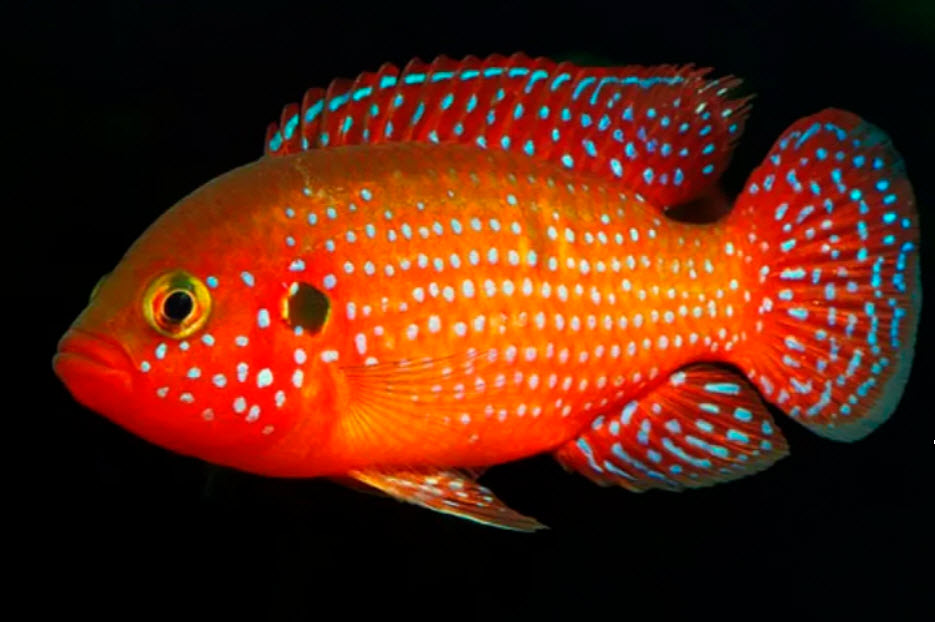
Discussion
The concept that most medications need to be added to aquarium water is simply designed to make a profit for some companies. Most medications for the aquarium have instructions which ONLY advocate adding the medication to the water. Yet public aquariums and aquaculture operations add all internal disease medications for their fish into the food, not the water (Hadfield, 2011). The only exceptions are medications for external parasites like ich. Most aquarium medications ONLY work when added to the food.

There are many manufacturing marketing departments (love the profit motive!) that claim many medications work best on internal fish pathogens when added to the water in an aquarium. The directions on these medications don’t even mention adding it to the food. In all cases medication MUST be added to only the food in order to be effective. This is based on several facts:
- Freshwater fish don’t drink, there are a host of references verifying that fact (just put the question to Google Scholar). If freshwater fish drank water, they would simply have to eliminate it with an energy intensive process through their kidneys.
From the Book “Fundamentals of Ornamental Fish Health”, Helen Roberts, 2010, Page 33:
“In order to maintain 300 mOsm/l in its blood despite the osmotic tendency to gain water and lose ions, a FW fish must actively scavenge ions from the environment and excrete water from its body. It accomplishes this by (a) stopping the salt outflow at the gills and (b) producing copious, dilute urine. Freshwater fish never drink as they gain all (and more) of the water they need passively over the gill.”

- When freshwater fish ingest food, they do ingest a very small amount of water with the food. This is the major route that medication in the water column gets into the fish. But the amount is infinitesimally small.
- A large molecule like the medication molecules all are will not be absorbed by the gills (or the skin). Think of the gills as being a reverse osmosis membrane. Only small molecules get through (like oxygen and water in and carbon dioxide and ammonia out). Gills do actively bring in ions like sodium, calcium, potassium and chloride but these ions are very small, and the process is closely controlled by the fish
- .
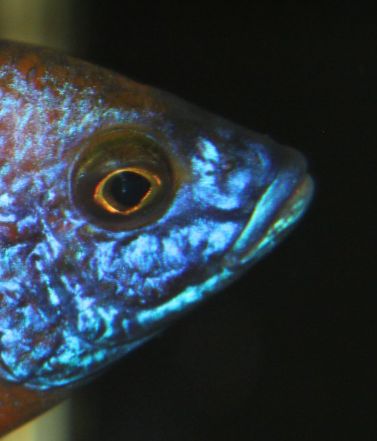
- The concentration of medicine in the water column is so little that it would be ineffective even if fish did drink. The concentration in the water at the recommended dosage for most medications is 0.001 to 0.01%. The recommended concentration in the food is typically 1 to 5%. That is a huge difference.
- The concentration of medicine in the water column is so little that it would be ineffective even if it were adsorbed through the gills or skin.
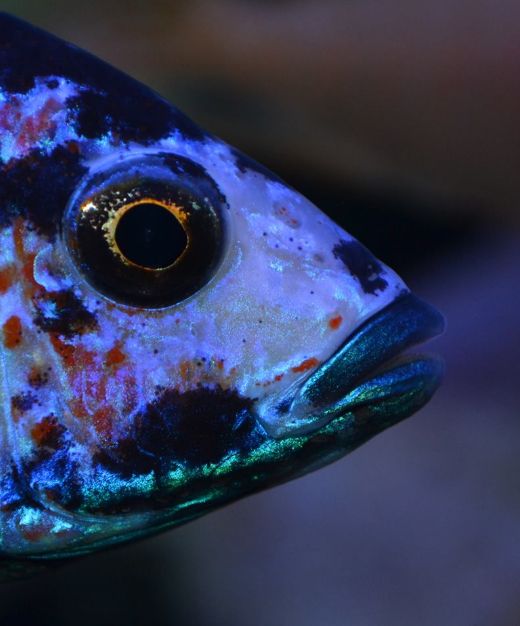
- Many of the products that make this recommendation were only recommended in the past to be added to the food, until the manufacturers recognized that it takes a lot more medication to medicate an aquarium than to medicate food. So, they now recommend medicating the water and only the water. Ah, the profit motive.
The marketing departments of these manufacturers quite understandably want to make money. Treating the water in a 400-gallon aquarium with an antibiotic can easily run into the hundreds of dollars. Don’t fall for the profit motivated hype, if you are treating an internal pathogen only put the medication in the food.
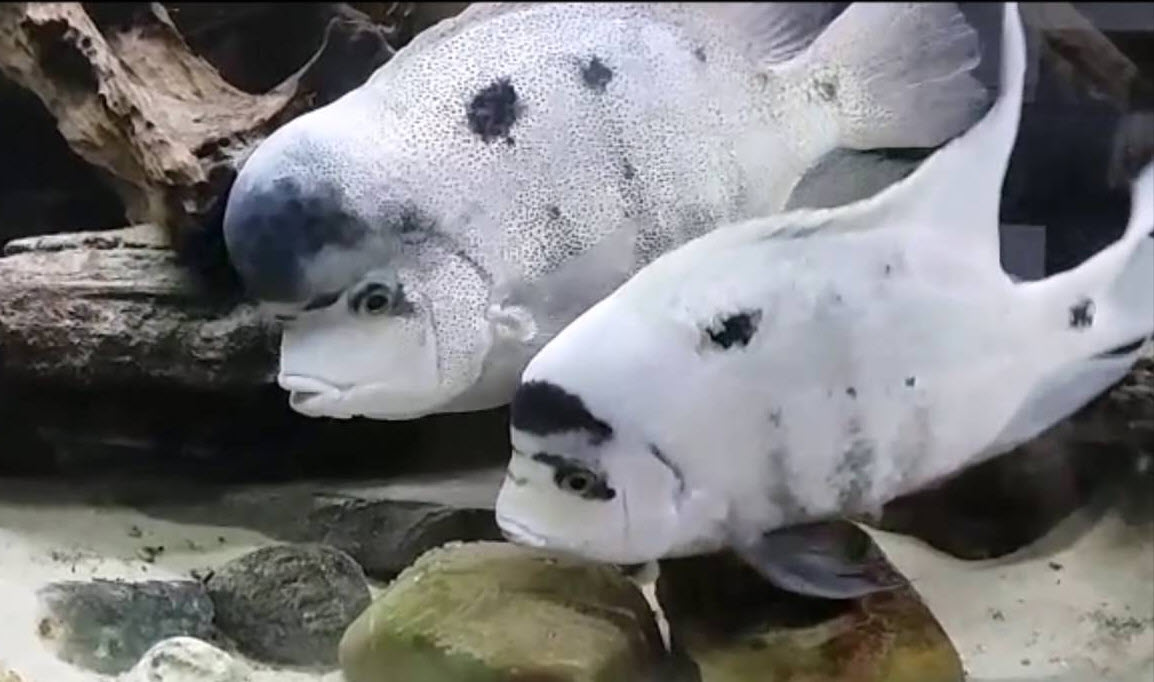
Making Medicated Food
To get instructions on making medicated food go to this link:
12.7. Making Medicated Food
University Research
Per the University of Florida (probably the preeminent research University for ornamental fish) (“Use of Antibiotics in Ornamental Fish Aquaculture,” Yanong, 2008):
“Although bath treatments are a popular method of administering antibiotics, much more drug is required to achieve the desired result as compared to oral treatments or injections. In many cases, even a large amount of antibiotic in the water does not guarantee that enough of it will get into the fish to be an effective treatment….. In summary, bath treatments should be considered only when the majority of the fish are not eating or when treating primarily external bacterial infections and fish should be switched to oral medications as soon as they resume eating.”
And this paper was for BATH Treatments, there the fish is placed in a shallow bath and allowed to flop around. With such bath treatments most fish end up swallowing some medication. This is not the same as adding medication to the water of an aquarium.
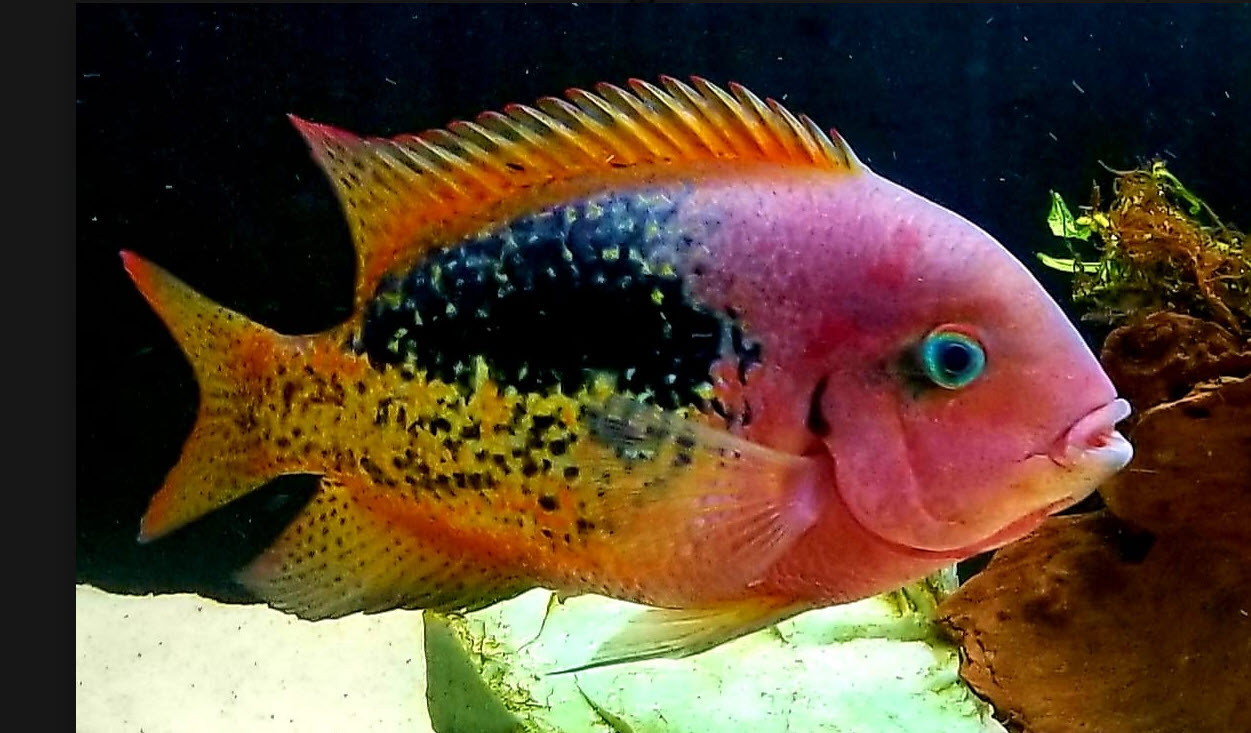
The Profit Motive and the Internet
Now there are some “papers” put out by suppliers of fish products which claim that fish can absorb medications through their skins and gills. There are also some magazine articles that claim the same thing. The magazines obtain their money from companies that advertise in their magazines, including companies which produce medicine for the aquarium. They often have articles “ghost written” by the suppliers that advertise in their magazines.
Then there are the hundreds of websites one will find if you Google a medication like Levamisole. These websites ALL recommend putting the medication in the water. These websites are also full of blue underlined links. If you click on these links you go to an Amazon post that is selling a medication like Levamisole. If you buy several packets of Levamisole to treat your 100 gallon tank, the website and Google get a commission. What do you think these websites are going to tell you about this product? Isn’t the profit motive great?
Note that Levamisole is a unique medication in that it is water soluble. So when it it used to treat camallanus worms in the aquarium water it paralyzes ONLY the worms hanging out the anus of the fish. So the fish keeper thinks the infection is over. Then several weeks later they come up on social media complaining that the levamisole didn’t work and the fish got worms again. The problem is that if the levamisole is not in the food it will not paralyze and kill the worms inside the fish.

Web articles and magazine articles on medications mix true science and fiction freely. For instance, a magazine article said “fish medications are absorbed by fish from the water around them“. Then this same article went on to say “Generally, lipophilic compounds will diffuse across the membranes of fish but ionic compounds with large molecular weights will not.” Now the uninitiated will simply skip over that comment. But a chemist like myself won’t. This last statement is 100% true but it contradicts the premise that fish can absorb medications from the water around them.
The first part of this statement “Generally, lipophilic compounds will diffuse across the membranes of fish” is 100% true The problem is that lipophilic substances are not soluble in water. Whoops! The argument here basically boils down to the old adage “oil and water don’t mix”. Lipophilic compounds are “fatty” compounds soluble in fats and oils. Per Wikipedia: “lipophilic substances tend to be water-insoluble”.

Virtually all medications used for fishes are water insoluble lipophilic substances. These medications will not dissolve in the water of any aquarium. So the mode of transfer to the gills becomes suspending the medication in the water column as a powder and hoping that some of the powder will adhere to the gills of the fish and thus be absorbed. This is not an efficient mode of transport, to put it mildly.
The second part of the statement is that “ionic compounds with large molecular weights will not (diffuse across the membranes of fish)”. Again, this is 100% true. The single ionic medication commonly used in fish tanks is levamisole. And levamisole has a very high molecular weight so it will not diffuse into the gills. Whoops! Note some forms of antibiotics like Kanamycin can be in a form which is water soluble. But again, they are all very high molecular weight compounds. Indeed, all the internal fish disease medications are high molecular weight compounds.
Obviously a marketer wrote the article. This marketer did not have the chemistry background to realize he was saying one thing in one part of his article then contradicting it in the same article.

Another reference is “The Movement of Drugs Across the Gills of Fishes”, Hunn and Allan, 1974:
“The physiochemical properties of drugs that influence their movement across biological membranes are fairly well established and include lipid solubility, water solubility, degree of ionization, chemical stability and molecular weight. In general, any substance that is distinctly charged, or is otherwise fat-insoluble, and has a molecular weight in excess of 100, is almost certain to be virtually excluded from entering cells from outside unless the particular cell is equipped with a specific transport system for this class of substance.”
For reference let’s look at the drugs used to treat internal disease in fish:
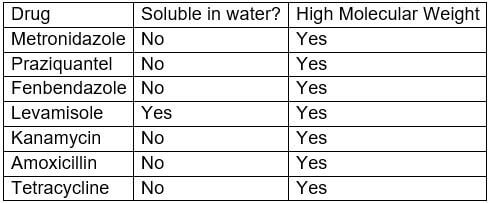
So basically, most of the drugs commonly used in aquariums are fat soluble, water insoluble molecules which can only be suspended in the water columns and which won’t get to the gills in an effective form to be absorbed. Levamisole is the only exception. And Levamisole has a very high molecular weight (C11H12N2S = molecular weight of 226), well over the 100 limit of the reference above, so it won’t diffuse readily through the gills or the skin.

A diagram is of interest here.

The large arrows in this diagram are of interest. The small arrows indicate very small amounts of movement. Note the small blue arrows going into the mouth and the skin. Very little water goes in that way in a fish. And note the note on the gill uptake arrows: “Active ion uptake through the gills”. This uptake is limited to ions and gases. All very small molecules.
Claims that Hormones are Absorbed by the Gills
Some folks have made the claim that “many” research articles have shown that fish absorb medications such as synthetic birth control hormones through their gills. Synthetic birth control hormones and many other medications are extremely stable compounds which last forever in nature. Single celled organisms which provide the basis for much of the food chain in water absorb large molecules freely. And one to five predators later the medications are eaten by a fish. The fish do not absorb the medications, they eat them. This does not occur in an aquarium.

Claims that Anesthetics are Absorbed by the Gills
Another common claim is that anesthetics cross the gill membranes, so medicines should cross. Anesthetics are of two types, gases and solvents that dissolve both in water and oil. Because both anesthetic gases and solvents dissolve in both water and fats and are low molecular weight compounds so they cross the gill membranes. There are no medications with are gases or solvents save the gas formalin (formaldehyde) which one would not want to cross the gill membrane as it is poisonous in the bloodstream.
Others point out that anesthetic clove oil passes into fish so the idea that medication must be soluble in water is incorrect. The active ingredient in clove oil is eugenol. Eugenol is soluble in water at a level of 2460 mg/L at 25 °C. It is also soluble in oil. So the mechanism is that the eugenol dissolves out from its oil into the water, then it dissolves into the oils of the bilipid cell wall barrier in the gills of the fish, then it dissolves into the blood stream.

No Absolutes
Now there are no absolutes in nature. Can fish absorb very small amounts of medications through their gills? Yes, but we’re talking about parts per billion getting inside the fish, largely because most medications are fat/oil soluble but not water soluble but also because the concentration in the water column is very small. Do fish gulp some water in with their food which will contain the medication? Yes, but we are talking about parts per million getting into the inside of the fish. As for the amounts going into the fish through the food, we can be talking about 1% up to 5%, depending on how the food is prepared. Those are some huge differences.
Bath Treatment
There are some old research papers which showed water treatments to be effective in getting antibiotics into fish. They were “Bath Treatment of Channel Catfish with Three Broad Spectrum Antibiotics”, Gilmartin et. al. and “Absorption of Selected Antimicrobic Drugs from Water by Channel Catfish”, Nusbaum et. al. 1981. These found some antibiotics were effective while others weren’t effective at several concentration levels in the water.
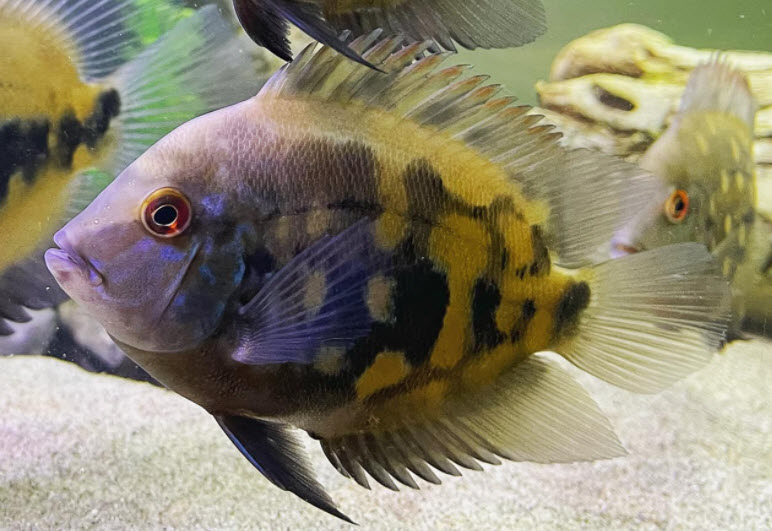
These references were further analyzed by the University of Florida. They said:
“One study (Nusbaum and Shotts, 1981) demonstrated that channel catfish absorbed approximately 15-17% of oxytetracycline at 5 mg/L added to water with hardness of 20 (very low) and pH of 6.7. However, at least two fresh water fish species (yellow perch and hybrid tilapia) did not have the expected levels of this antibiotic in their blood when exposed experimentally to oxytetracycline as a bath treatment for up to 8 hours (K. Hughes, unpublished data; S.A. Smith, Virginia Tech, pers. comm. 2002; and R.P.E. Yanong, University of Florida, unpublished data).”
The results of these tests were predictable. The catfish is a bottom feeder. It ingests the mulm and films at the bottom of the aquarium or tank it is in. The antibiotics used were all powders insoluble in water. So the antibiotics settled to the bottom of the tank and were ingested by the catfish. I.e. the catfish ATE the antibiotics. The tilapia and yellow perch aren’t bottom feeders so didn’t have any antibiotics in their bodies when tested.
There was another study where catfish had measurable amounts of antibiotic in their bodies after a bath treatment (“Bath Treatment of Channel Catfish with Three Broad Spectrum Antibiotics”, Gilmartin et. al. 1976). First off the study used very high concentrations of antibiotic (19 grams of pure antibiotic in a fifty gallon tank). Secondly once again the fish were bottom feeding catfish. So the catfish ingested the antibiotics.

The Shallow Water Medication Method
There is one way to make fish drink. Take a flat container like a cake pan and fill it with tank water to a depth of roughly half the body height of the fish. Add the amount recommended for 10 gallons of water by the medication directions to the shallow water (i.e. a very high concentration) and mix well. Put the fish in the resulting soup for one minute to five minutes and allow it to flop around and gasp. There is a good chance the fish will swallow significant quantities of medication during this bath routine.
This technique is based on the few studies which have shown medications to be effective “mixed into the water”. When one examines these studies on finds the researchers actually studied the fish with concentrated baths for short durations, not adding it to the water the fish was living in. That is a big difference.
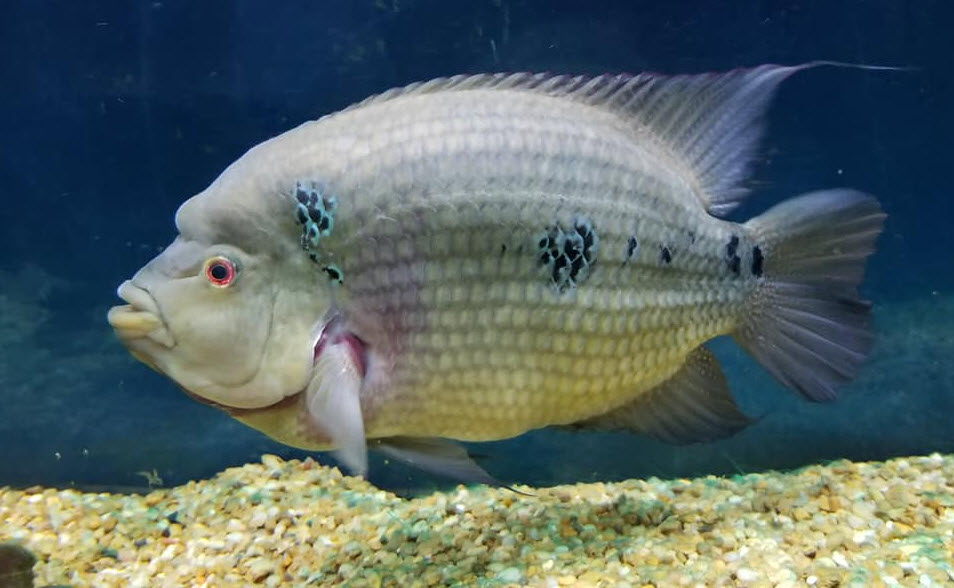
Indirect Treatment
Cory of Aquarium Co-op uses three drugs in the water with quarantined fish and swears they work wonders. The drugs are Ich-X, General Cure (metronidazole and praziquantel) and erythromycin. The Ich-X works well against the external parasite ich and the praziquantel works well against the external parasite flukes. Any positive effect Cory has seen with the erythromycin and the metronidazole is solely due to the fact that the immune system of the fish often overcomes pathogens. This effect is quite common and is one of the major reasons for the “but XXXX worked great and cured my fish so I now it works” seen on social media all the time.
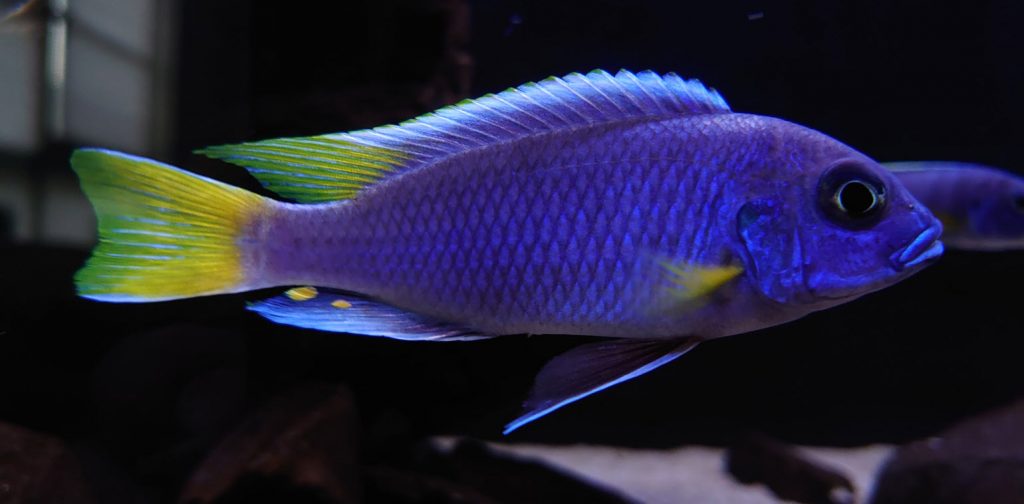
A Study Which was in Error
There is one study which is often quoted on social media as “proof” that fish do absorb medication through their gills. The bottom line is that even the best of us makes a mistake every once in a while. This study is just such an instance. The study is: “A Comparison of Metronidazole Treatments for Hexamitiasis in Angelfish”, Whaley et. al. 1991: This study said:
“Findings also confirm that metronidazole, administered in food or in a bath, is effective for removal of Hexamita from the intestinal tract of angelfish”.
This statement is an error. Someone just did not drink enough coffee that morning. By the term “bath” this study means small aquariums (34 liter) with heavy stocking (18 fish) where the medication was put into the water. The “control” (no metronidazole) for the “bath” experiment had the same result as the “bath” with the metronidazole. So metronidazole put into the “bath” water had no effect on the hexamita organism. These are the results of the study:
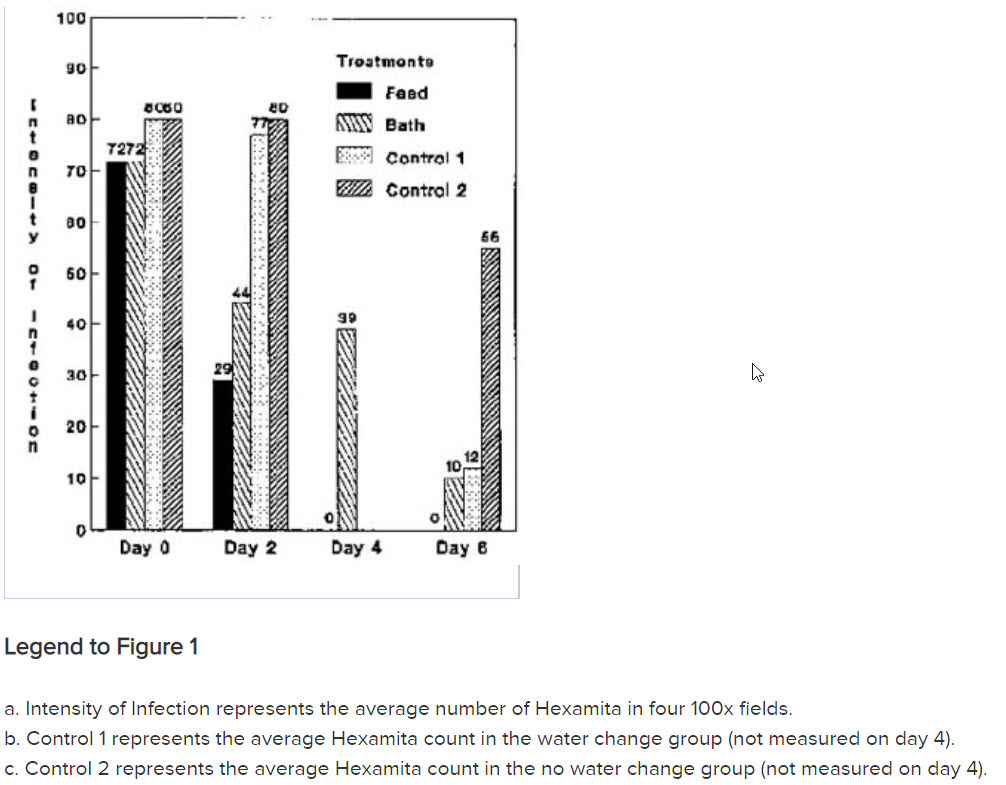
The “bath” treatment and its control (control 1) resulted in the same low level of infection on the final day of the study, ten and twelve not being statistically different. Whoops!
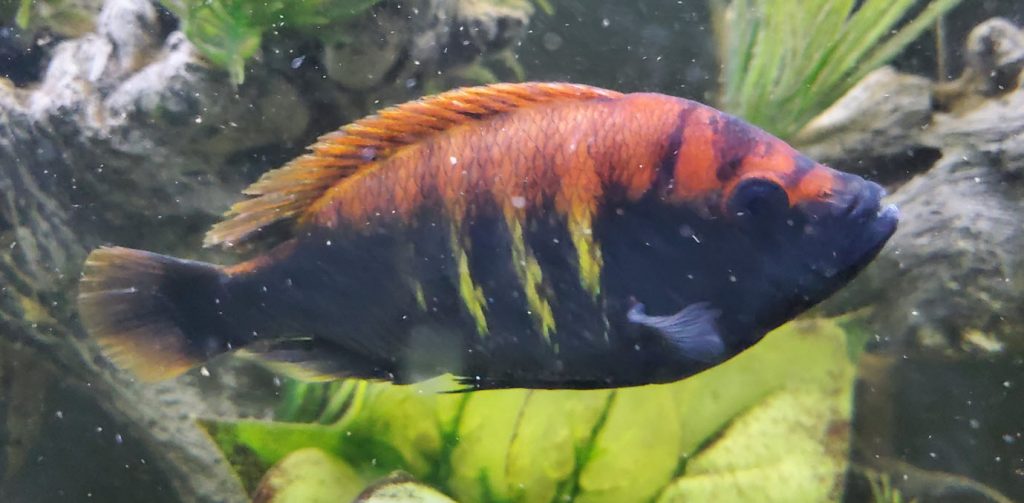
Belief Perseverance Effect
Now there are many people out there who have purchased and used large amounts of expensive products by putting them in the water. These individuals will refuse to recognize the science which says they wasted their money and they will insist putting medicine into the water works. This is the common psychological phenomenon called belief perseverance effect and is something that is useless to fight.
.
“Nothing dies harder than a lie that people want to believe” Calvin
.
Proving a Negative
Note that this whole article has one big problem. Namely that it is impossible to prove a negative. No matter how many situations I can come up with there will always be those who say “what about this or that set of circumstances, you haven’t covered that“. Thus the verbosity. And thus the uncertainty.
.
Return to Treatment Menu
.
Aquarium Science Website
The chapters shown below or on the right side in maroon lead to close to 400 articles on all aspects of keeping a freshwater aquarium. These articles have NO links to profit making sites and are thus unbiased in their recommendations, unlike all the for-profit sites you will find with Google. Bookmark and browse!
.

Erik says
Please provide evidence for this claim: “Studies show fish put in a shallow bath of medication can swallow some medication”
Chelle says
Hi,
Just wondered if you have anything on columnaris? I suspect it’s in my tank.
I’m in the UK so a lot of recommended medications just aren’t available here.
Your information is fascinating and a newbie like me is learning a lot, if a little overwhelmed at times.
Also, I love all the photos featured throughout your website, so many fish I’ve never even seen before!
Thankyou for you hard work and perseverance in maintaining a website like this.
Suzanne says
Enjoying this site! The bit about freshwater fish not drinking puzzled me until I recalled it’s actually saltwater fish that are constantly drinking…
Purely anecdotal, but decades ago our family aquarium goldfish suffered fin rot. We dosed them with many teracycline capsules, but they never improved. When I had my own tank (goldfish again, ofcourse!) and fin rot showed up, I used Tetramin “medicated food” (tetracycline I believe) and it worked so well I always kept some around “just in case.” It is a shame, I haven’t seen that product for sale in years.
Dave says
In reply to Doreen… Hole in the head wont’ have frayed fins. The two biggest causes of frayed fins is a bacterial infection (hemorrhagic septicemia is bacterial) and aggression. Assuming it was bacterial and you’ve stopped the bacteria, it will take months for the fins to regrow.
Doreen A Simonson says
Thanks Dave for your quick response. My sister has asked so many different people what was wrong with her fish and everyone always has a different answer and a different treatment. Would hole in the head cause frayed fins? There has never been any sign of fin rot or a fungus attacking the fins. Through the help of your website I determined it was hemorrhagic septicemia and by examining the fish. She had purchased a true parrot fish from a local pet store and they determined that he had hole in the head but the “sickness” was already in the tank. My very last question what disease would cause ragged fins? We have been dealing with this for so long.
Dave says
In reply to Doreen …. The frayed fins will regrow. Just give them some time. Vitamins are worthless.
Doreen A Simonson says
Hello Dave
I am hoping you can answer a question for me. My sister has 2 Angelfish that have raggedy
dorsal and anal fins. She previously had a few fish in her tank that we believe had hemorrhagic septicemia. She added Maracyn and Aqua-Mox anti-biotics to their food, and continued with that for 18 days. She also purchased a UV light to help remove bacteria from the water. What we would like to know is will the “frayed” fins ever regrow? I have read on line that you can give fish vitamin c (fish vitamins) and that will help rejuvenate the fins. Is this true?
Do you have any suggestions for us? Please answer me.
Patrick McArdle says
I have injected Clout mixed with tank water directly past the gills and into the Cichlids stomach that had bloat with 85% success rate. All 7 fish hadn’t eaten in 2-3 weeks and were in their last legs ( fins lol). I saved 5. Within two days they were eating. This is the inly way. Meds don’t like sticking to food and i din’t believe in that focus..lol. scams. Inject the meds into belly. Case closed.
Dave says
In reply to David …. Antibiotics in the water is 100% useless. It will have no effect on anything. So no, a two pronged approach will not be better. It will only waste antibiotic.
David says
Hi,
Would it make a significant difference if one uses antibiotics in the food in addition to adding antibiotics in the water? Do you think this two-pronged approach would lead to a quicker recovery?
Thank you,
David